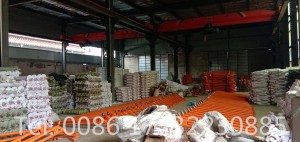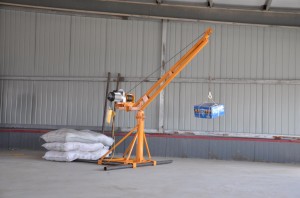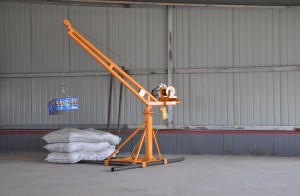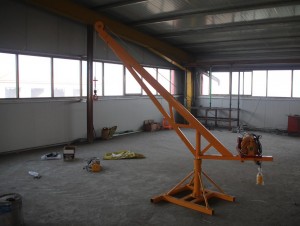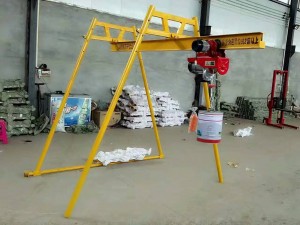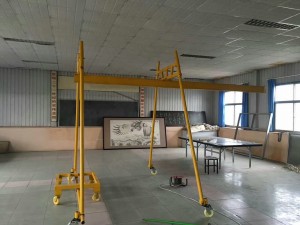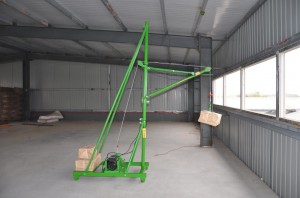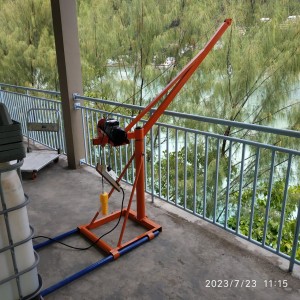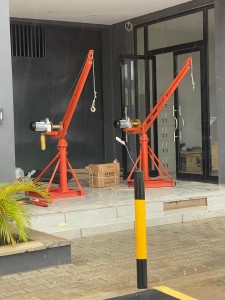Operating material lifting cranes requires strict adherence to safety guidelines to prevent accidents and ensure the well-being of operators and those in the vicinity. Here are some common safety guidelines for operating material lifting cranes:
Training and Certification: Operators should receive proper training and certification specific to the type of crane they will be operating. This training should cover crane operation, safety procedures, load capacity limits, and emergency protocols.
Pre-Operational Inspection: Conduct a thorough inspection of the crane before each use. Check for any signs of damage, wear, or malfunction in components such as cables, hooks, chains, controls, brakes, and safety devices. Ensure that all safety features are in proper working condition.
Load Capacity and Stability: Know the load capacity of the crane and do not exceed it. Ensure that the load is properly rigged and secured before lifting. Consider factors such as load weight, size, shape, and balance to maintain stability during lifting and movement.
Clear Communication: Establish clear communication protocols between the crane operator, signal person, and other personnel involved in the lifting operation. Use standardized hand signals or two-way radios to communicate instructions and warnings effectively.
Clear Work Area: Maintain a clear work area around the crane. Keep bystanders and unauthorized personnel at a safe distance. Identify and mark off any overhead obstructions, power lines, or other hazards that could interfere with the crane’s movement.
Ground Conditions: Ensure that the ground or surface where the crane is set up is stable, level, and able to support the crane’s weight. Take precautions to prevent the crane from sinking, shifting, or tipping during operation.
Safe Lifting and Movement: Avoid sudden or jerky movements while lifting or moving loads. Use smooth and controlled motions to prevent swinging or unintended shifting of the load. Be cautious of any changes in wind or weather conditions that may affect the stability of the crane.
Personal Protective Equipment (PPE): Wear appropriate personal protective equipment, including hard hats, safety glasses, high-visibility vests, and non-slip footwear. Additional PPE may be required based on specific job site hazards.
Emergency Procedures: Establish and communicate emergency procedures, including how to respond to equipment malfunctions, power failures, or accidents. Operators should be familiar with emergency stop controls and know how to safely lower a load in case of an emergency.
Regular Maintenance and Inspections: Follow the manufacturer’s recommended maintenance schedule and conduct regular inspections of the crane. Address any identified issues promptly and ensure that all necessary repairs or adjustments are made before further operation.
These guidelines provide a general overview of safety considerations for operating material lifting cranes. It’s important to consult local regulations, industry standards, and the specific guidelines provided by the crane manufacturer for comprehensive safety guidance.
Post time: Aug-22-2023





